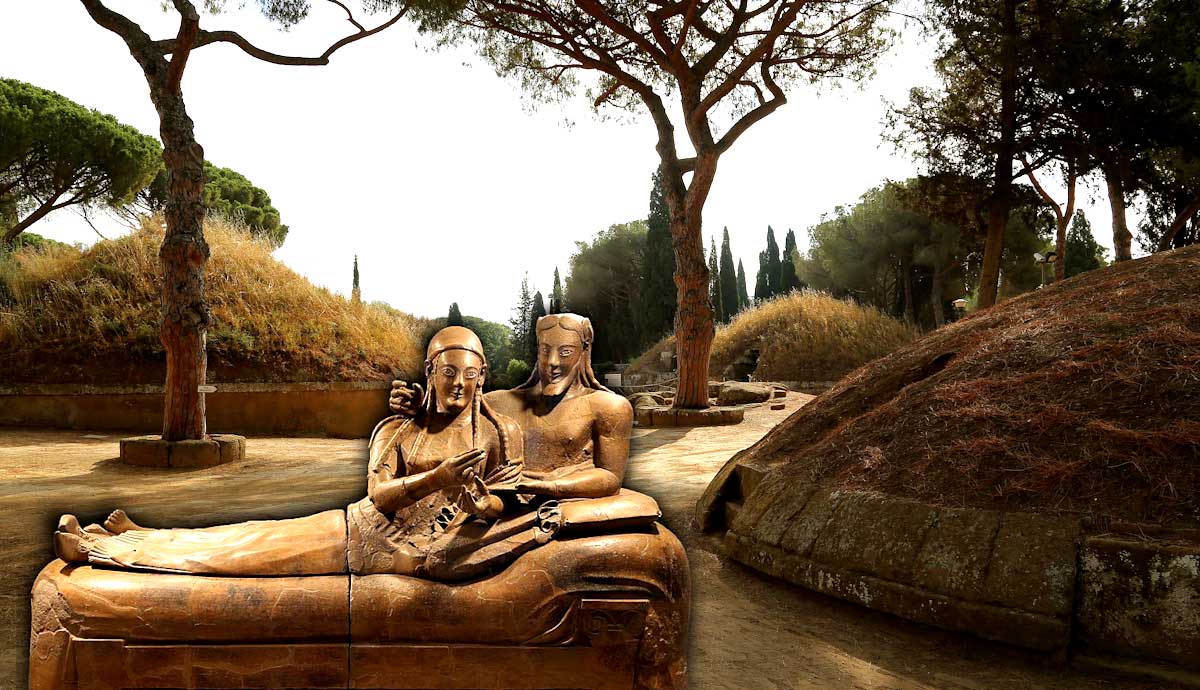Archaeology

Ancient Civilizations
An ancient civilization is a complex society characterized by urban development, social stratification, a form of government, and symbolic systems of communication such as writing. These civilizations are typically associated with the period following the Neolithic Revolution, beginning around 3500–3000 BCE, and are noted for their lasting contributions to science, art, law, and philosophy.

Anthropology
Anthropology is the comparative study of humans across time and space, encompassing human biology and evolution, culture and society, language, and material remains. In the United States it is commonly organized into four major subfields—cultural/social anthropology, archaeology, biological (physical) anthropology, and linguistic anthropology—reflecting a holistic approach to the 'science of humanity.'

Bronze Age
The Bronze Age, spanning approximately 3300 to 1200 BCE, marks a pivotal era in human history characterized by the widespread use of bronze for tools and weapons, leading to significant advancements in metallurgy, urbanization, and the development of complex societies across various regions.

Cuneiform
Cuneiform is an ancient writing system developed by the Sumerians of Mesopotamia around 3400 BCE, characterized by its wedge-shaped marks on clay tablets. It is considered one of the earliest forms of written expression and was used to record various languages over millennia.

Etruscans
The Etruscans were an ancient Italic people whose urban civilization flourished in central Italy from roughly the 9th to the 1st century BCE. Speaking a non-Indo-European language and organized in autonomous city-states, they developed distinctive art, religion, and political institutions that strongly influenced neighboring Rome. Their culture was progressively absorbed into the Roman Republic by the late first millennium BCE, yet remains visible in monuments, religious practice, and symbols adopted by Romans.

Hieroglyph
Hieroglyphs are characters in a pictorial writing system, notably used in ancient Egypt, where symbols represent objects, sounds, or concepts. This script was integral to Egyptian culture, appearing on monuments, tombs, and papyri.

Mycenaean Greece
Mycenaean Greece, spanning approximately 1750 to 1050 BC, represents the last phase of the Bronze Age in ancient Greece. It is characterized by advanced palatial states, urban organization, distinctive art, and the earliest form of the Greek language recorded in the Linear B script.

Neolithic Revolution
The Neolithic Revolution, also known as the Agricultural Revolution, was the wide-scale transition of many human cultures during the Neolithic period from a lifestyle of hunting and gathering to one of agriculture and settlement, making an increasingly large population possible. This transformation, beginning around 10,000 BCE, led to the development of permanent villages, social stratification, and new technologies.